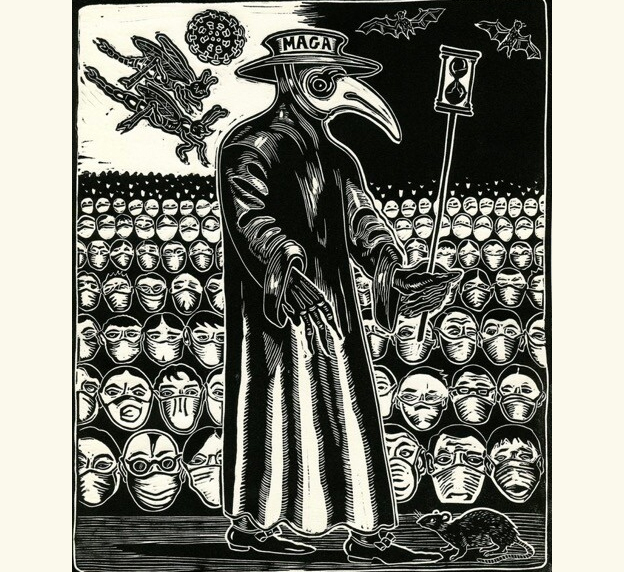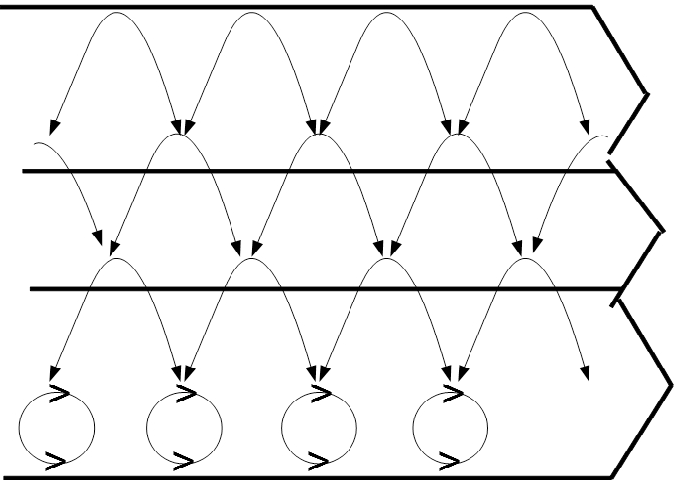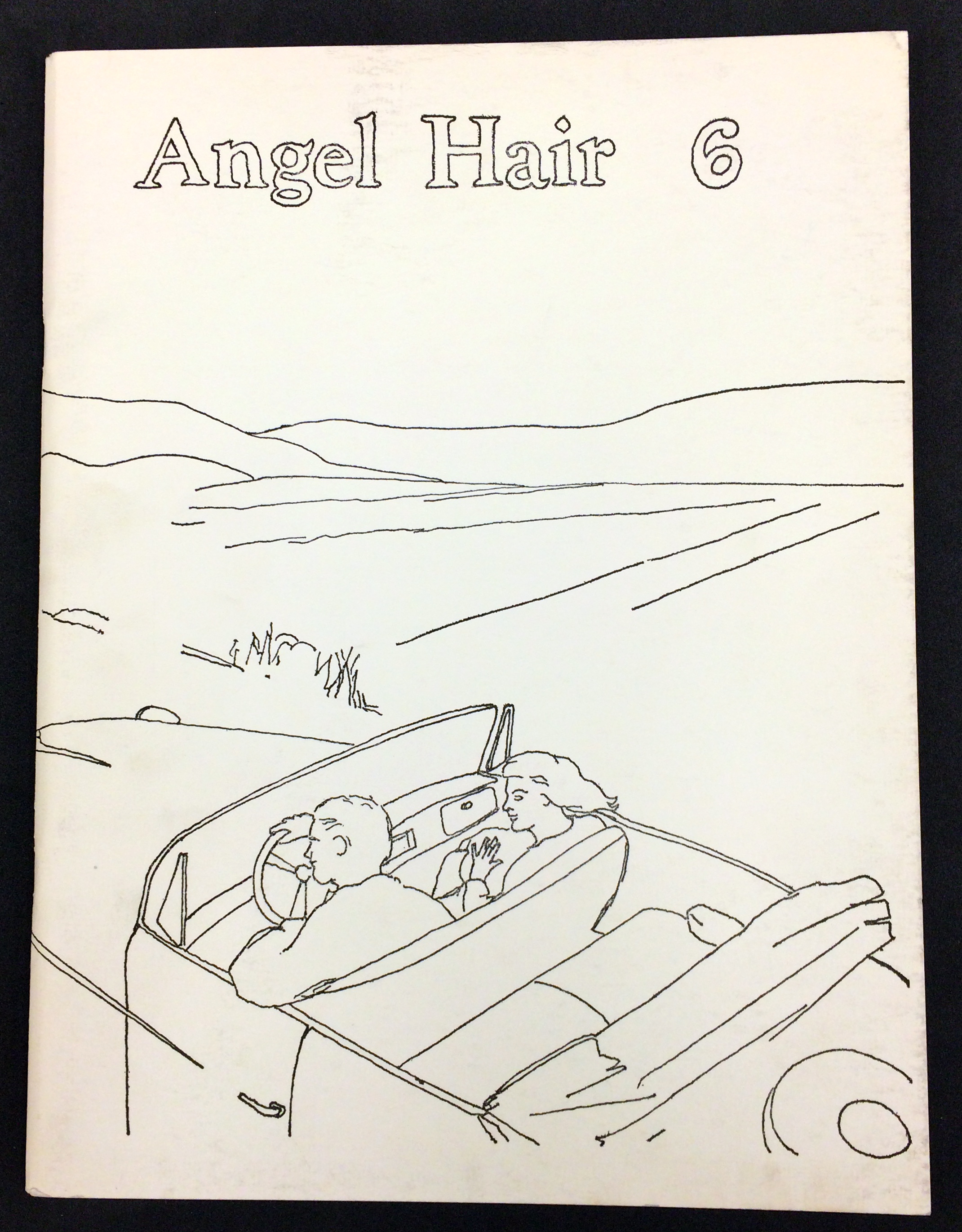As I begin writing this essay, a fragment of an interview that I conducted with Kathleen Fraser more than two decades ago mysteriously pops up on my screen:
finding my own pen to do my work, in order, I think, to embody “a self,” in order to discover that there is an evolving being in there, living, changing, breathing.[1]








